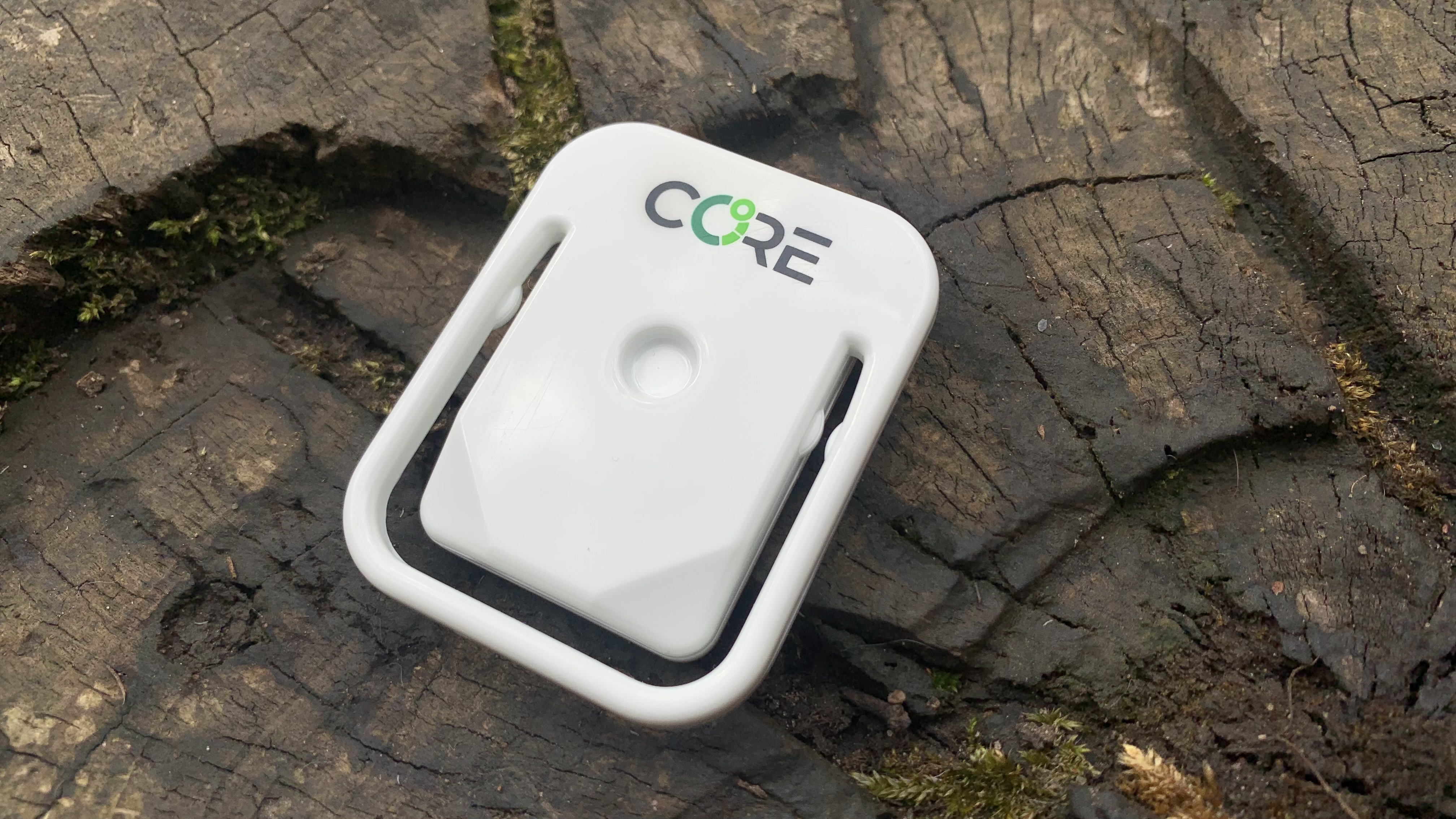I went car camping with friends and brought only ultralight backpacking gear – I think I had more fun
We make the case for using ultralight backpacking gear no matter what kind of camping you’re doing
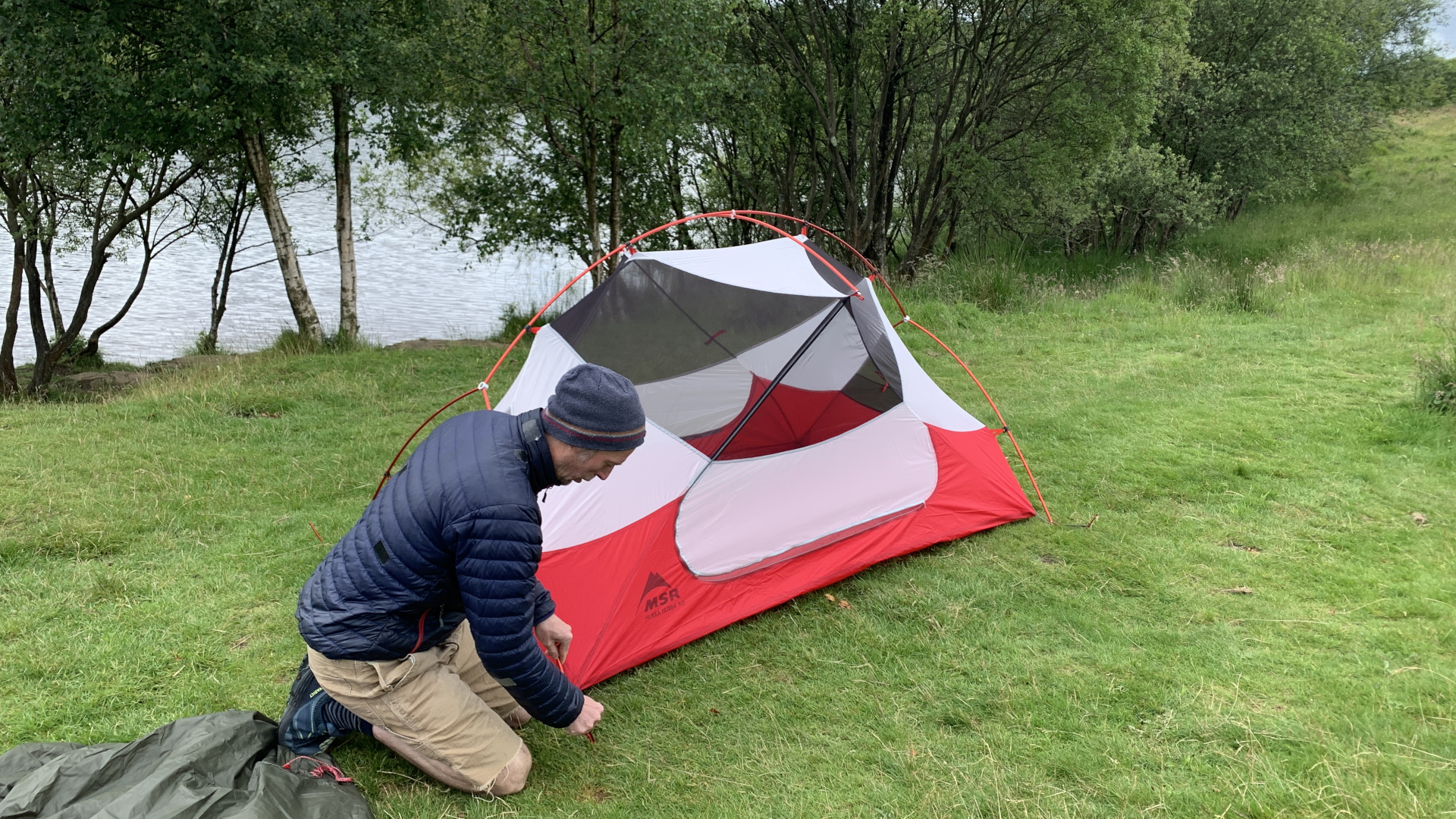
When you’re going car camping, there’s no end of gear and gadgets that claim to make your experience more comfortable and convenient. Palatial family tents, portable fridges in place of coolers, double burner stoves for gourmet feasts and portable chargers all make sure that you can camp without even feeling like you’ve left the house.
But is that really the goal? Obviously, the answer depends a bit on your personal preferences, but if you ask me, it’s not.
Ordinarily, camping for me entails trekking deep into the wilderness with everything I need on my back but I recently went car camping for the first time in years. We were a group of five adults and five children driving into a fairly luxurious campground with toilets, showers, free firewood and even breakfast included. Even though I knew I could load up the car with my own pillow and comforter from home, and even pots and pans if I wanted, I just couldn’t bring myself to do it. So I packed just like I would for a backpacking trip.
Don’t get me wrong, I really appreciate the benefits of car camping – you can cook proper tasty meals, drink nice wine and bring fun games for the kids. But my ultralight backpacking gear is easy, reliable, and the more I watched my friends struggle with their elaborate setups, the more I felt like ultralight is the way to go no matter what style of camping you’re doing – here’s why.
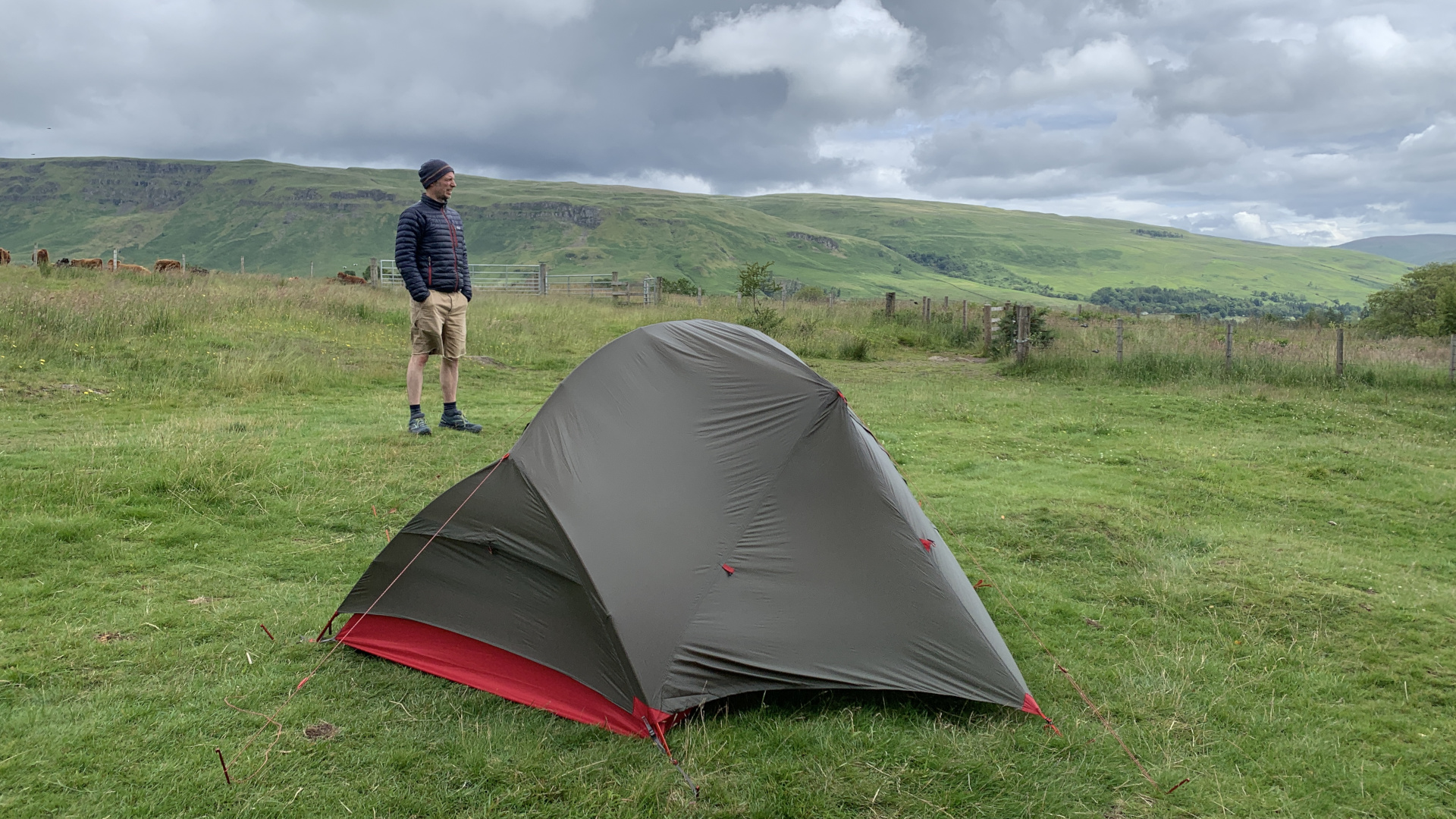
It cuts down on time and so much stress
The deal with ultralight backpacking gear is that you need to be able to set it up quickly, in a rainstorm, by yourself. There are no doubt campers out there who love the ritual of taking hours to pitch a giant tent and set up a camp kitchen. I am not one of them.
My MSR Hubba Hubba NXT tent pitches in about two minutes. After that, it took less than 20 breaths to inflate my Therm-A-Rest ProLite Apex sleeping pad and Klymit Cush camping pillow, throw my Sea to Summit Ember II camping quilt down and my sleep system was ready.
Of course, this just meant I had extra time to help my friends wrestle with their enormous tents (seriously, at times it took four of us to battle with one tent) but in theory, I could have been swinging in a hammock, reading my book or learning a new language. Ultralight gear means more free time.
Advnture Newsletter
All the latest inspiration, tips and guides to help you plan your next Advnture!
The following morning, my friends were up bright and early and working on the slow art of making coffee in a Mokka Pot over the campfire. I’ve been here before and I know what happens – you wait patiently for 25 minutes then the person next to you pours out the last drop of coffee before it reaches you and before you know it you’ve waited nearly an hour for a cup of grainy coffee. Not this time.
Thinking ahead, I had brought along my palm-sized Alpkit Kraku Ultralight Titanium Camping Stove and AeroPress Go coffee maker and while my friends visibly aged before my eyes, I had a lovely, steaming cup of espresso in under five minutes.
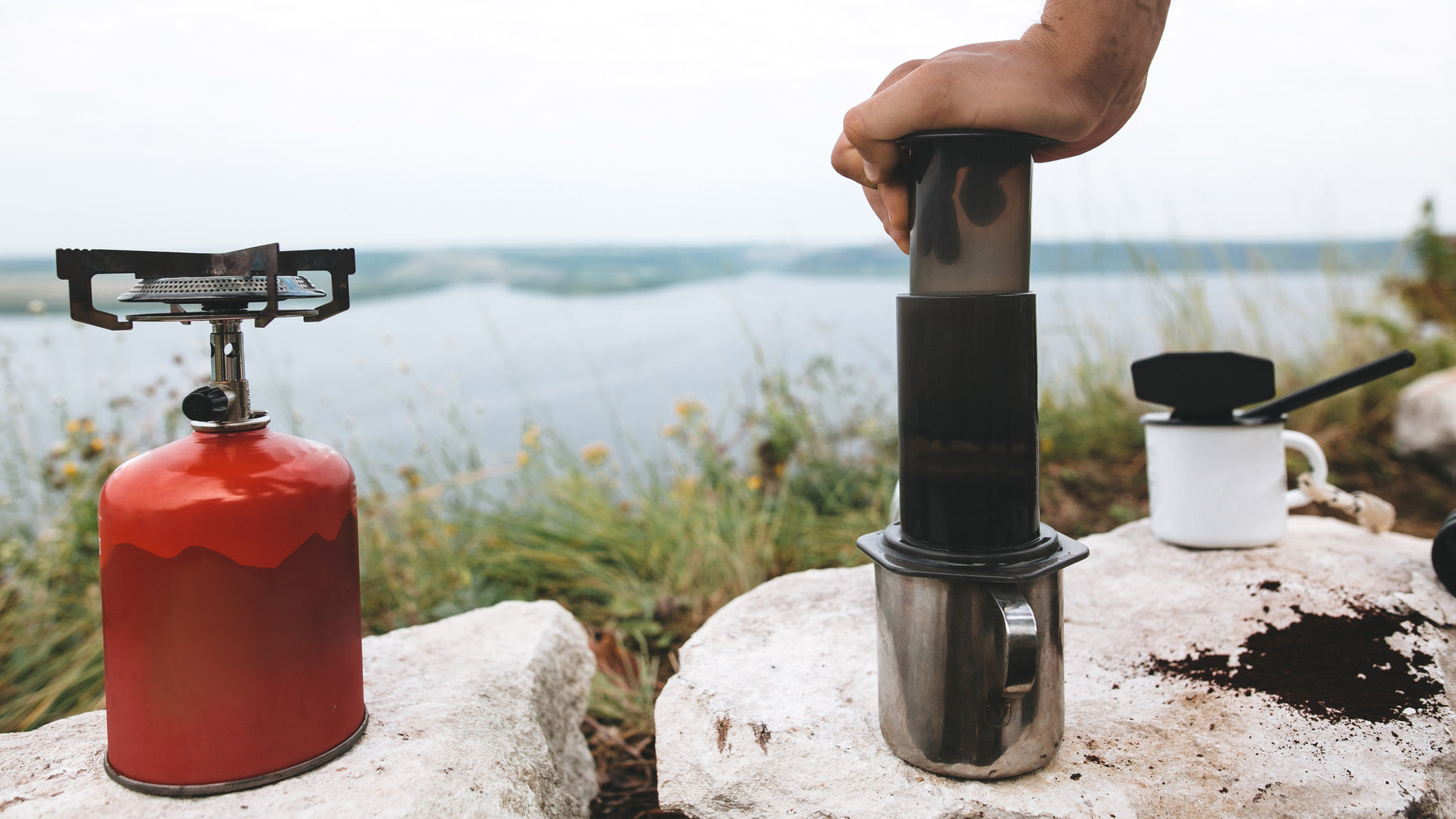
On our last morning, everyone was moving slowly. That was partly to do with the whisky the night before, but mostly I think it was the sheer dread of packing everything pack up. Since no one was hurrying over breakfast, I realised I had enough time to go on an hour-long trail run along the West Highland Way which I managed comfortably before packing everything into my backpack and I still had several hours to help friends try to cram collapsible houses into bags they couldn’t possibly ever have fit in.
Ultralight gear is fast, easy and ultimately leaves you more time to do fun things at camp. And isn’t that the point?
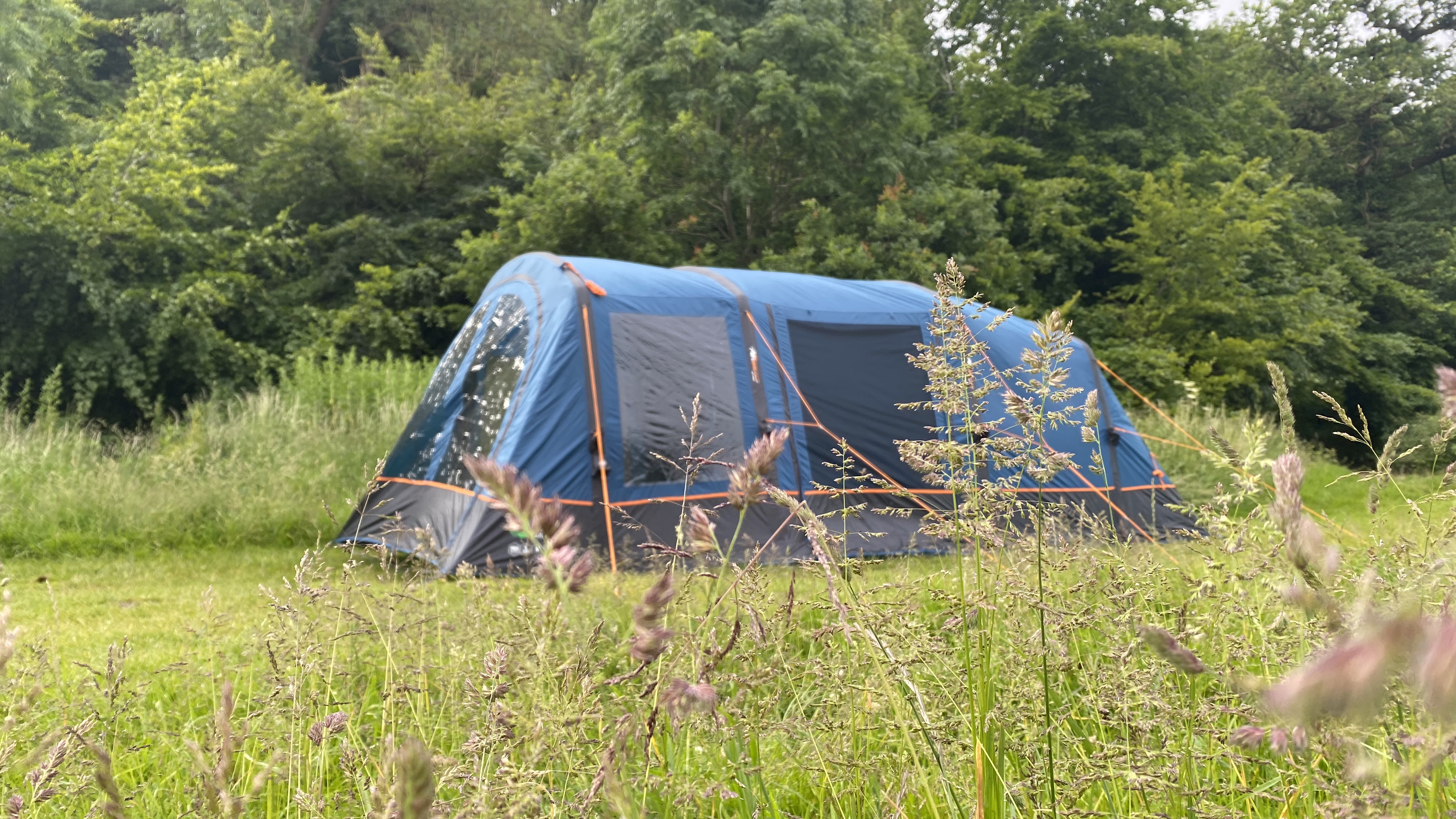
It’s simpler and more reliable
If you put a lightweight backpacking tent next to a palatial six-person tent, the first one definitely looks flimsier and it’s true that the nylon is more fragile, the poles lighter. But as long as you don’t use your tent as a trampoline, it's pretty strong. A nice, low profile makes these tents workhorses against wind and rain, with a nice low profile. That came in handy because we had about five hours of torrential rain, but my tent was still standing, cozy and dry when I crawled inside it at the end of the night.
The big tents though? As robust as they look, they’re just not up to the demands of wind and rain in the same way. During set up, there were tent poles being hastily duct taped to tree branches after previous trips had put too much strain on them. Their high profile means windy conditions are much more challenging. And when we returned from a hike in the rain, it was discovered that the windows of one of the cavernous tents had been left open, and everyone’s sleeping bags and mattresses inside were soaked.
You know why you’ll never forget to close the windows on your backpacking tent? Because they don’t have any. Ultralight gear, if you look after it, is built to hold off the elements and there’s less to go wrong.
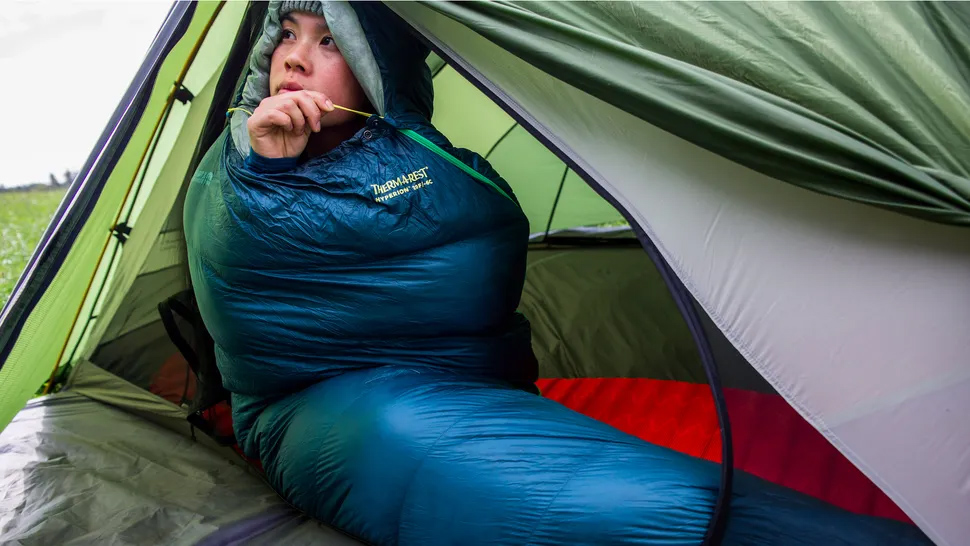
You’ll sleep better
Okay, this isn’t exactly scientific, but after after emerging well-rested from my tent at 9 a.m. and seeing the shell-shocked expressions on the faces of my friends, how had spent the night furiously pumping air into leaking mattresses, I’m certain I got the best night’s sleep.
My pad may only be two inches thick compared to the two feet of air mattress in my neighbors’ tents, but it stays fully inflated all night long. Meanwhile, it seemed, every air mattress around me lost throughout the night leaving grumpy campers waking up on the cold, hard ground.
My zipless camping quilt lets me sleeping in any position I like (starfish being my preference) while the toe box keeps my feet warm if it's cold. It turned out to be a mild couple of nights so I didn’t need the toe box, but I never suffered from being too warm either, because I wasn’t zipped up inside a nylon sweat chamber like my friends, whose sleeping bags weren’t only too warm, they were wet.
I’ll admit that a camping sleep system is a personal choice and some of us will simply never sleep well at camp, but I’m not sure hauling your entire bedroom from home really helps as much as you think it should.
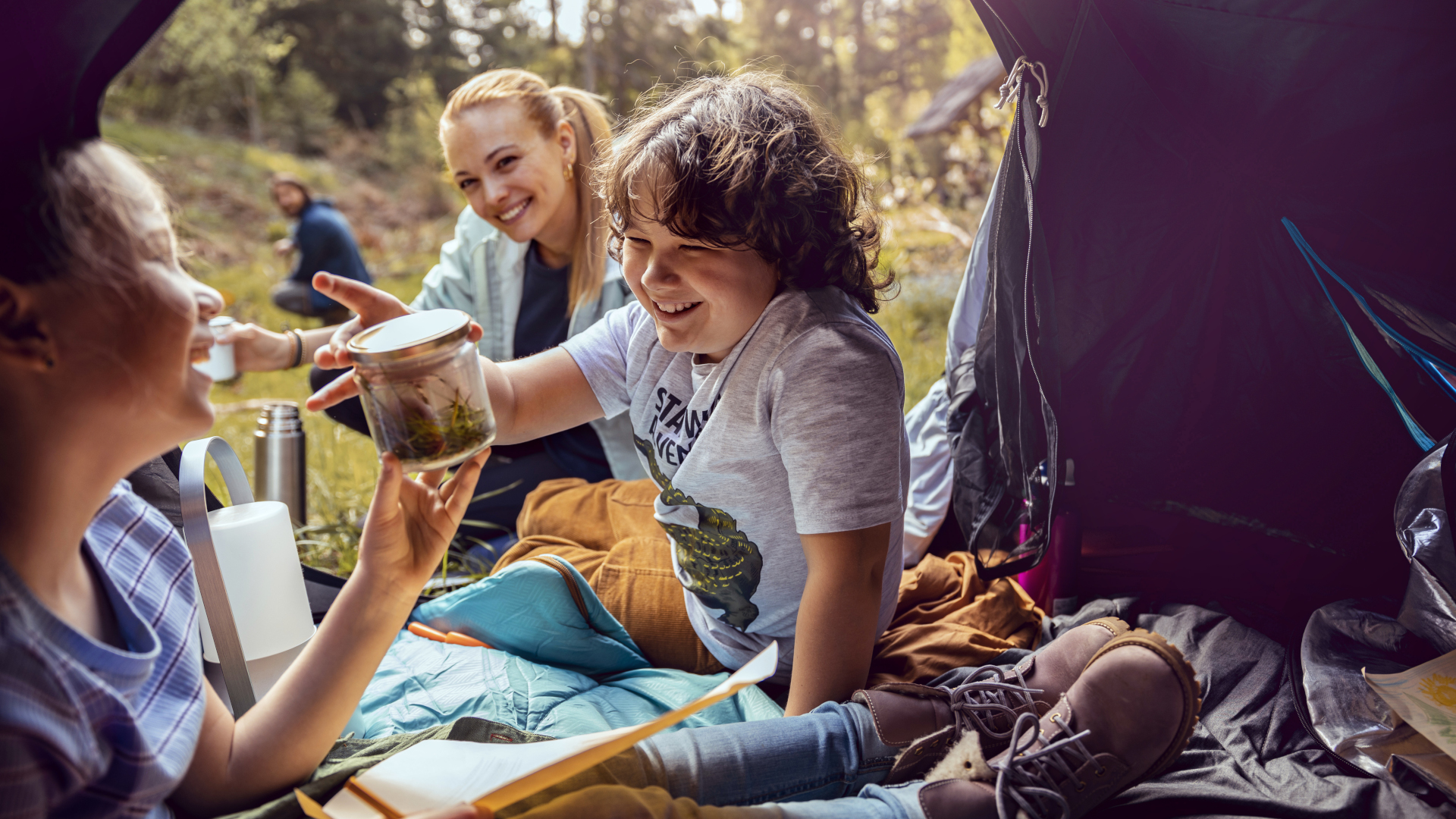
Honestly, kids just want to hang out in tiny tents
When the behemoth tents were finally pitched, I thought the kids would be enamored with the idea of multi-room structures where they could stand up, play hide-and-seek (or ten pin bowling for that matter) and have a whole room to themselves – I couldn’t have been more wrong. When they weren’t chasing each other around the woods, they were crammed into the tiniest tent in the campsite.
At one point, all five were inside my miniscule one-man The North Face Stormbreak 1 which I’d brought along to give our 15-year-old his own space and is about the size of a coffin. To be fair, there was a screen in there but even without that, they seemed much more interested in packing in like sardines than spreading out. It was all we could do to stop four of them trying to sleep in one two-person tent.
If the only reason you’re getting a family tent is “for the kids,” trust me, they’ll be just as happy with a two-person tent to call their own and you’ll be able to pitch it minutes without having a public meltdown.
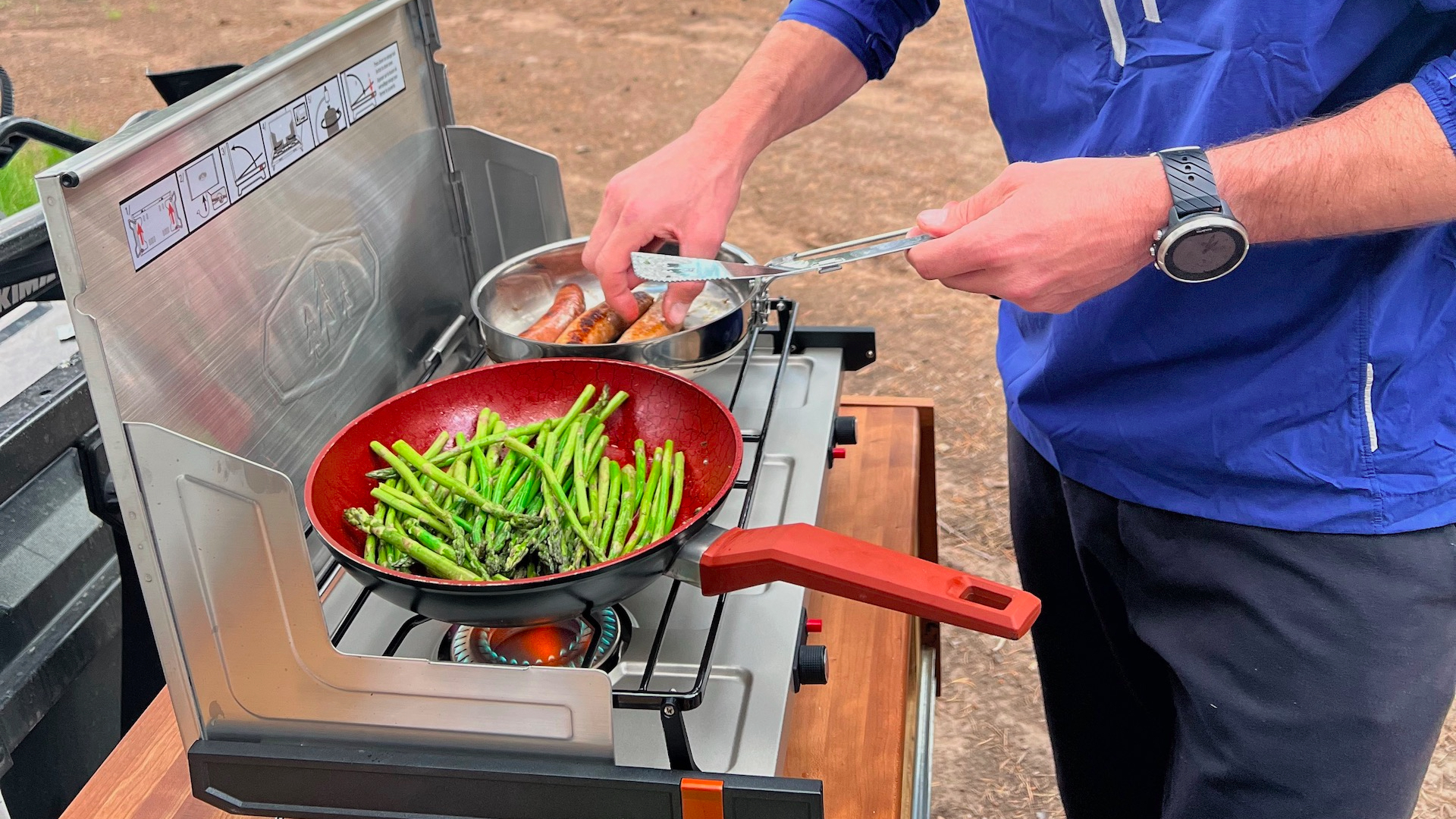
Caveats: cost, cuisine and camping chairs
Is there a caveat? There’s always a caveat, and in this case it comes down to cost, cuisine and camping chairs. Let me explain.
Conversely, the less substance there is to outdoor gear, the more expensive it is, and nowhere is this more true than with camping gear. Lightweight camping gear costs and arm and a leg while you can find heavier car camping gear at much more affordable prices. That said, there is a caveat to this caveat, and that is that your bulky car camping gear isn’t as versatile and may not last as long, but the upfront cost is lower.
As for cuisine, I could have huddled over my tiny camping stove heating up a basic backpacking meal, but I didn’t. I was very happy chowing down on the ribeye steaks my friend cooked on a hot plate over the campfire and I won’t pretend otherwise.
Finally, camping chairs are a wonderful luxury of car camping that don’t have a good substitute for backpackers. Yes you can sit on logs or bring a really lightweight stool like the Helinox Chair 2, but it’s not a real substitute for kicking back into a low-slung chair with a beer can holder and gazing at the stars. On that point, my car camping-living gear junkie friends, you win.
Julia Clarke is a staff writer for Advnture.com and the author of the book Restorative Yoga for Beginners. She loves to explore mountains on foot, bike, skis and belay and then recover on the the yoga mat. Julia graduated with a degree in journalism in 2004 and spent eight years working as a radio presenter in Kansas City, Vermont, Boston and New York City before discovering the joys of the Rocky Mountains. She then detoured west to Colorado and enjoyed 11 years teaching yoga in Vail before returning to her hometown of Glasgow, Scotland in 2020 to focus on family and writing.

